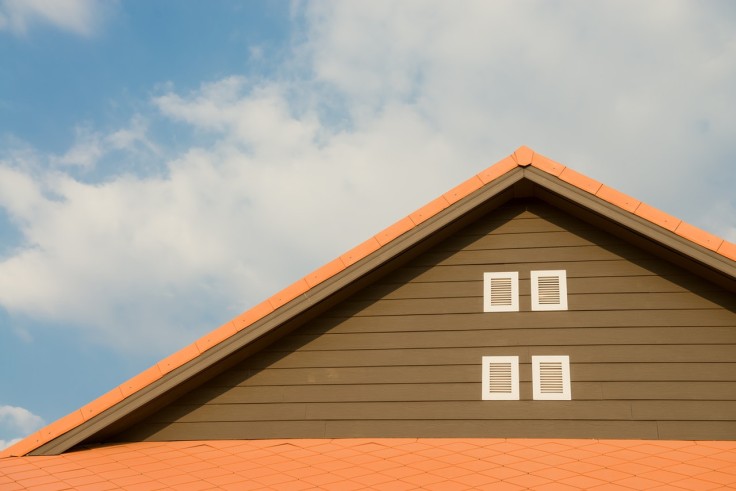
When it comes to roof gutters, there are countless styles and sizes to choose from- it all depends on your specific needs. If you're planning to install your own gutter system, there's a lot you need to know. Check out this primer!
Understanding the Basics
Gutters are usually fabricated with various materials such as aluminum, copper, wood, galvanized steel, as well as vinyl. Of all these, aluminum and vinyl are the most popular options since they're economical and highly durable. Plus, they're rust-free. Galvanized steel is very strong but it's also a bit more expensive. If you're in an area that's prone to extreme weather, galvanized steel gutters could be a nice choice.
Stainless steel, on the other hand, is rust-free but it's even more expensive. Copper is an excellent choice if you're looking for an element of aesthetics. When shopping around for a gutter, you need to take into consideration its shape and style. The most common styles include half-round and K-style. Other important parts of a gutter system, include:
Downspouts
Downspouts refer to the drainpipes which direct rainwater away from the roof. In most cases, people direct the water to their lawns and flower beds. They're usually available in round and rectangular shapes. They also come in numerous sizes and styles.
Corner Joints
These form an essential part of the gutter system. When the corner joints plus end caps are incorrectly installed and sealed, you may experience massive leaking. So, if you're installing them by yourself, ensure that you're utilizing the right materials.
Hanging Brackets
The hanging brackets are equally important. When there isn't an adequate number or if they aren't strong enough, a lot of sagging can be witnessed.
When shopping around for a gutter system, take into consideration the amount of rainfall you receive in the area as well as the number of trees around your home or office building.
Splash Block
Most downspouts are typically designed to empty on a splash block that directs water away from your home's foundation.
Key Takeaway
Cheaper isn't always better. If you're going to perform a DIY, then you're already saving lots of money on labor, so why not invest in a high-quality gutter system? Using poor quality materials will only increase the risk of having a system breakdown, something which could end up causing serious damage to your home.
Safety is always paramount. Not everyone can install the gutters. For instance, if you've any health problems or are afraid of gutters, you shouldn't sign up for this highly demanding home project. If you opt to carry out the installation yourself, ensure that you've someone working with you and who'll also watch over you as you climb. Plus, they'll also make sure that the ladder you're using stays steady and secure. While on the ladder, always avoid leaning out too far.
Conclusion
Depending on your home's needs, you can go for aluminum, copper, galvanized steel, stainless steel, wood, or vinyl gutters. They all have their own advantages and disadvantages. So, do your research. Choose the right gutter. Click here to EasyMerchant for the right gutter. Then use the above tips to install it like a pro!
© 2025 University Herald, All rights reserved. Do not reproduce without permission.








